The logistics landscape is a complex web of operations, and the efficiency with which each segment operates can make or break a carrier’s bottom line. Among various transportation methods available, semi-trailers stand out as an instrumental asset for freight companies. This article delves into the “Pick and Drop” operations involving semi-trailers, elucidating the intricacies, implications, and inherent advantages tied to this methodology.
What is Pick and Drop with a Semi-Trailer?
Pick and Drop refers to the transportation strategy wherein goods are picked from a designated location and dropped off at a separate location. In the context of semi-trailers, this operation is executed using specialized truck-trailer combinations designed to deliver freight efficiently over varying distances.
This approach is not simply about picking up and dropping off goods; it encompasses efficient route planning, timely logistics coordination, and the ability to manage diverse types of freight, including bulk and specialized loads.
Key Components of Pick and Drop Operations
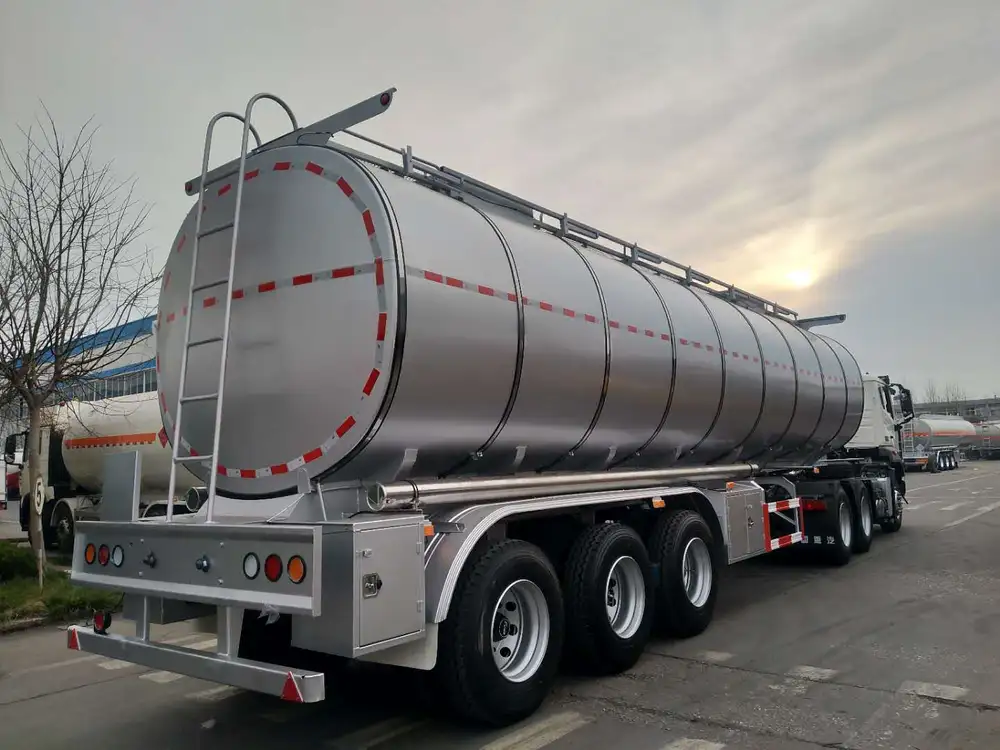
1. Route Optimization
- Utilizing advanced GPS systems and route planners minimizes delays and maximizes efficiency.
- Factor in variables such as traffic patterns, weather conditions, and road restrictions.
2. Loading and Unloading Mechanisms
- Semi-trailers come equipped with various loading and unloading techniques (like lift gates and ramps) to expedite operations.
- Proper training in lifting equipment can prevent accidents and cargo damage.
3. Load Management
- Distributed weight management for optimal balance ensures safety during transit.
- Experienced operators are crucial for loading and securing goods, mitigating the risk of loss or damage.

Advantages of Utilizing Semi-Trailers for Pick and Drop
1. Flexibility in Load Capacities
Semi-trailers are available in various configurations (e.g., flatbeds, refrigerated, and tautliners), allowing us to adapt to specific transportation needs.
| Type of Semi-Trailer | Best Used For |
|---|---|
| Flatbed | Building materials, oversized loads |
| Refrigerated | Perishable goods, temperature-sensitive products |
| Tautliner | General freight, goods requiring protection from the elements |
2. Increased Efficiency
The combination of a tractor and semi-trailer reduces the time taken in loading and unloading operations, thus streamlining the entire process.
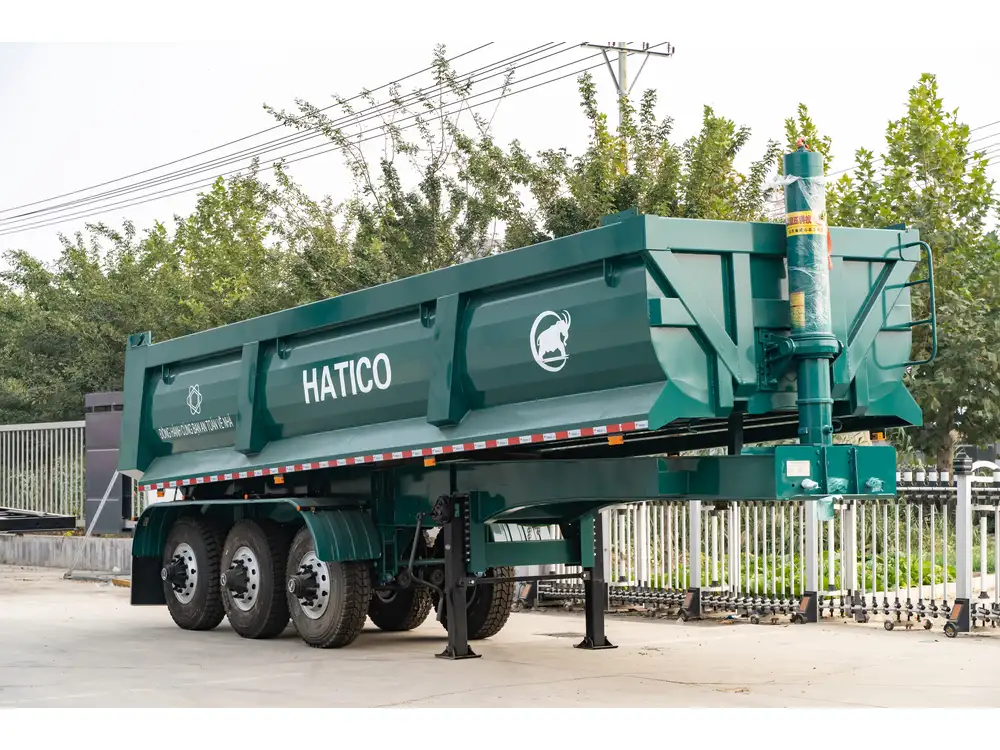
3. Cost-Effectiveness
Economies of scale come into play; semi-trailers can carry larger loads, thereby reducing the cost per unit transported.
Challenges in Pick and Drop Operations
While the pick and drop operations using semi-trailers present significant benefits, various challenges must also be understood:
1. Traffic and Delays
- Urban congestion can severely impact delivery times.
- Implementing real-time tracking can help to mitigate this by allowing for quick rerouting when necessary.

2. Cargo Security
- Semi-trailers, depending on their design, can be vulnerable to theft; thus, securing goods during transit is critical.
- Employing high-quality locking mechanisms and monitoring systems can enhance cargo security.
3. Compliance and Regulations
- Adhering to weight limits, road safety regulations, and local laws is essential to avoid fines and penalties.
- Regular training on compliance ensures that drivers and operators remain informed about laws governing the transportation industry.
The Process of Pick and Drop With Semi-Trailers
To ensure a seamless operation, understanding the step-by-step process of pick and drop with semi-trailers is essential:
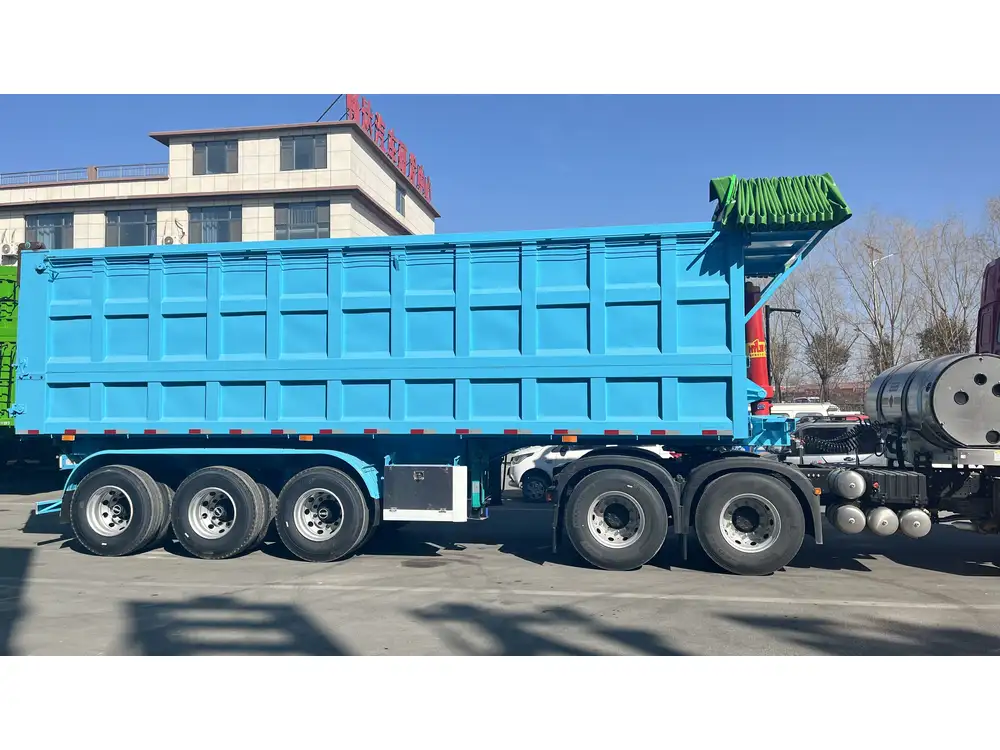
Step 1: Planning and Coordination
- Initial discussions regarding the load specifics, pickup, and drop-off locations.
- Coordination with dispatchers for tracking and reporting purposes.
Step 2: Route Assessment
- Evaluate potential routes and establish timelines.
- Incorporate contingency plans for potential delays or diversions.
Step 3: Pickup
- Arriving at the pickup location on time is critical.
- Ensure the semi-trailer is parked securely and in compliance with local regulations.
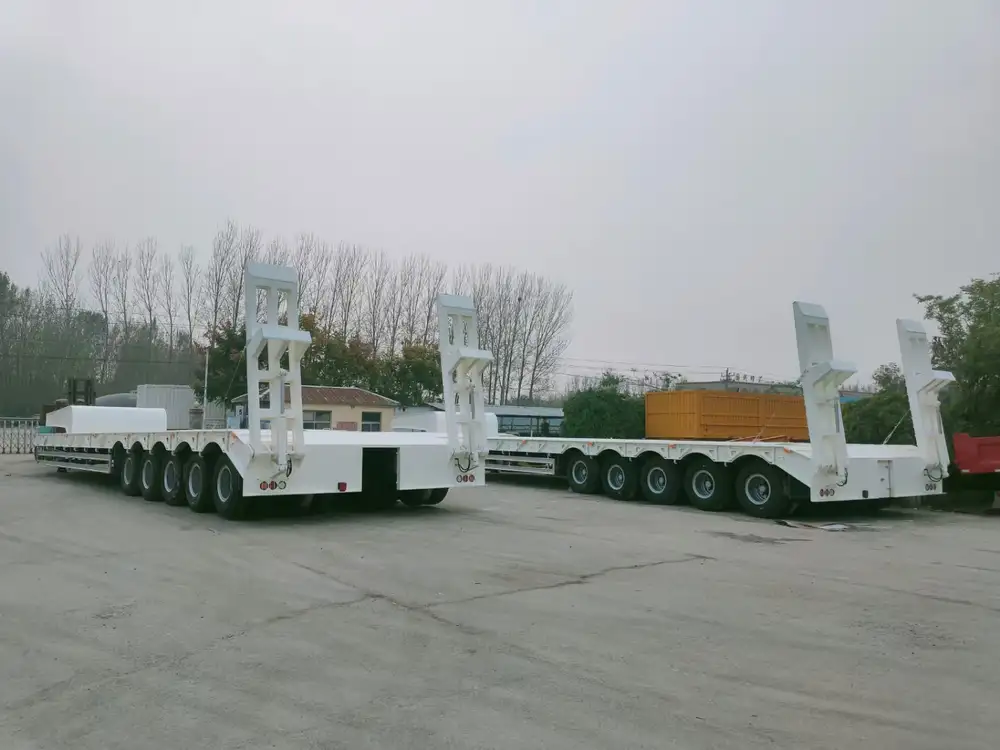
Step 4: Loading
- Engage skilled personnel to oversee the loading process.
- Implement secure strapping and padding techniques to protect cargo.
Step 5: Transportation
- Utilize real-time tracking tools to monitor the journey.
- Stay in constant communication with dispatch to address any unforeseen issues.
Step 6: Drop-off
- Approach the delivery point following all safety protocols.
- Execute timely unloading, ensuring the cargo’s integrity throughout the process.
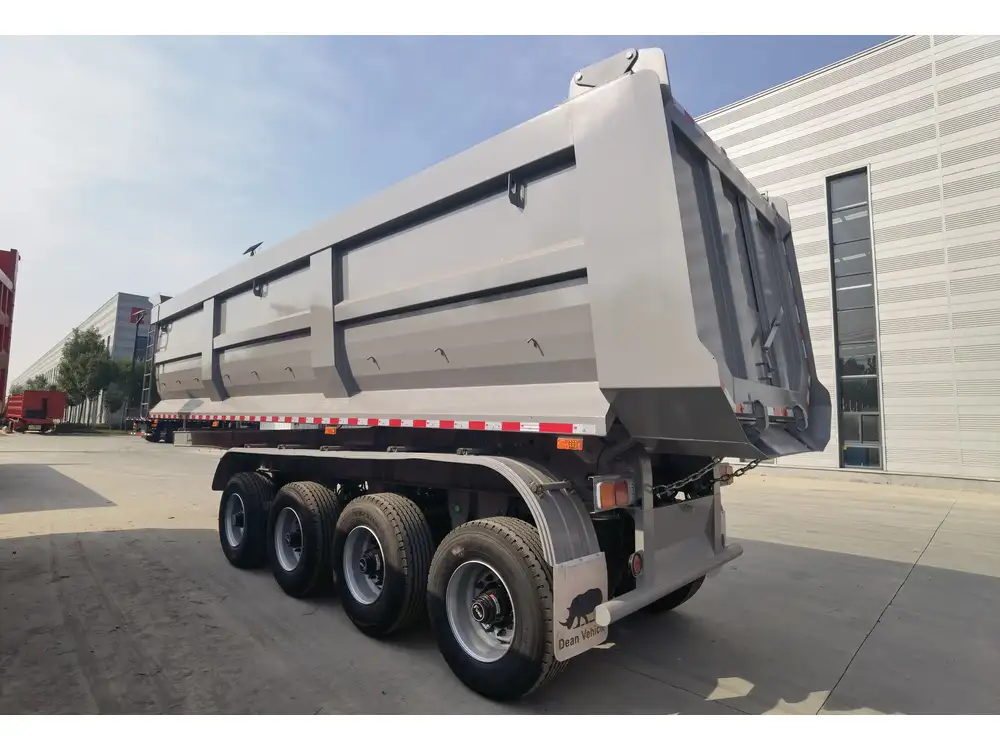
Step 7: Feedback and Evaluation
- Gather feedback on the efficiency of the operation.
- Evaluate the entire process for areas of improvement regarding logistics and execution.
Technologies Enhancing Pick and Drop Operations
Innovations in technology are continually reshaping the logistics sector. When it comes to semi-trailer operations, several technologies enhance efficiency and safety:
1. Telematics Systems
- These systems allow for real-time monitoring of vehicle performance and location, promoting predictive maintenance and more informed route planning.
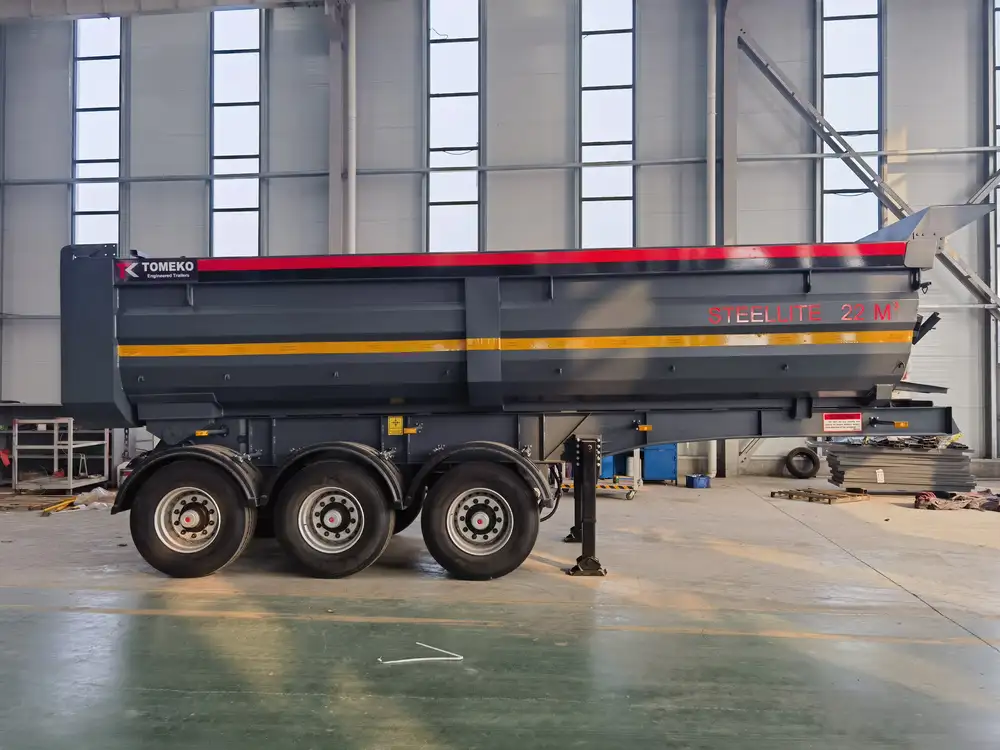
2. Cargo Management Systems
- Using software to track cargo from pickup to delivery, these systems ensure accountability and enhance visibility throughout the logistics chain.
3. Mobile Apps for Drivers
- Provide updates on routes, weather conditions, and necessary communication channels with the dispatch team, ensuring timely updates and better decision-making on the road.
Best Practices for Effective Pick and Drop with Semi-Trailers
To maximize the effectiveness of pick and drop operations, implementing best practices can lead to significant operational improvements:
Regular Training Sessions. Ensuring that all personnel involved in operations are well-trained in both safety and efficiency practices can substantially reduce risks and enhance performance.
Maintenance Checks. Regularly scheduled checks of both the semi-trailer and the towing vehicle help prevent breakdowns that can lead to operational delays.
Safety Protocols. Establish and enforce strict safety protocols including load checks prior to departure, routes adapted for seasonal conditions, and emergency preparedness measures.

Conclusion
Mastering the art of pick and drop with semi-trailers requires an intricate understanding of logistics, technology, and best practices in transportation. Through effective planning, advanced technological integration, and a commitment to continual improvement, logistics providers can enhance operational efficiency, ensuring timely delivery of goods while maintaining safety standards.
As the logistics industry continues to evolve, the emphasis on efficiency and adaptability will dictate the success of transportation operations. Familiarity with the nuances of pick and drop operations using semi-trailers positions carriers to thrive in this competitive sector, ultimately delivering exceptional service and value to their clients.



